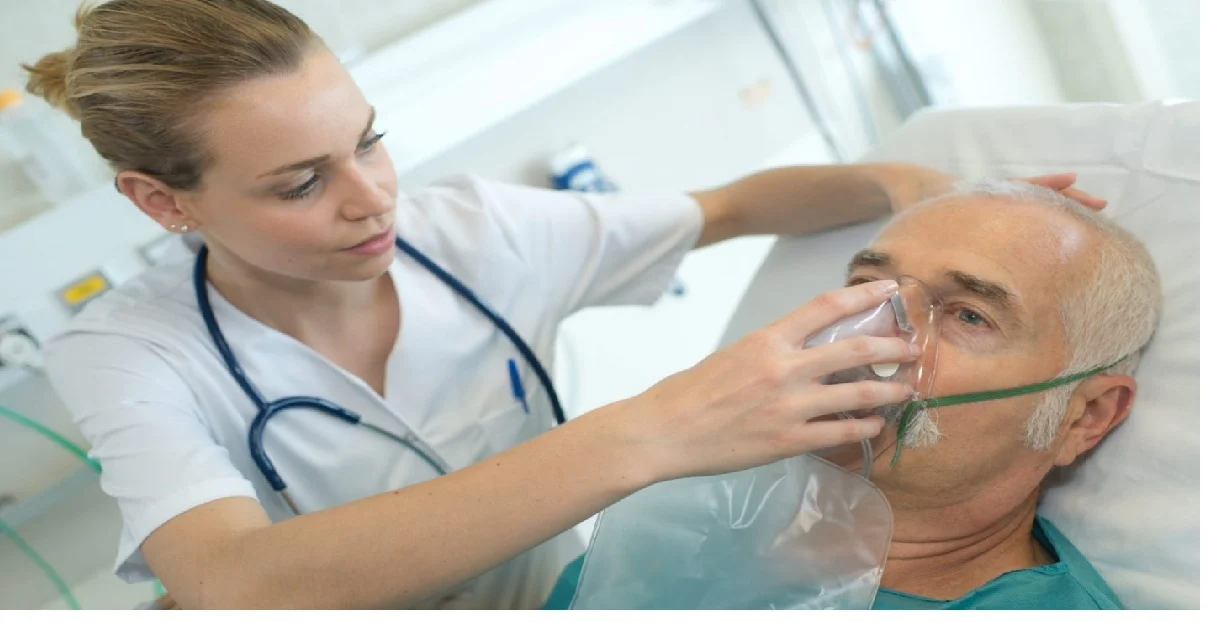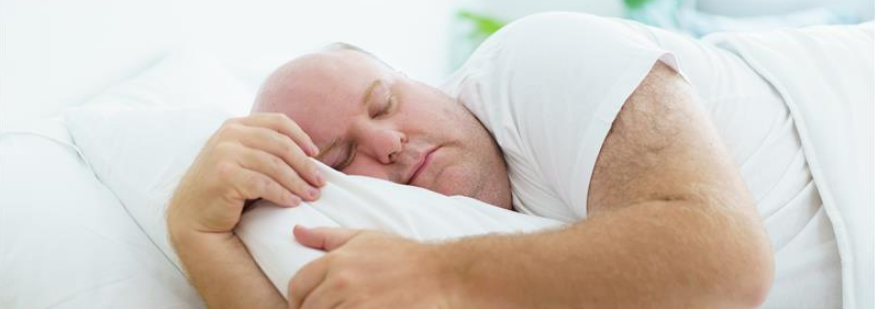There are many effective methods to help treat sleep apnea. Here are the most common and information about how they work.
- Medical devices: Nasal CPAP or BiLevel PAP
- Lifestyle changes
- Dental appliances
- Surgery
CPAP and BiLevel Treatment for Sleep Apnea
Continuous positive airway pressure (CPAP)
This is the most popular treatment for sleep apnea. You wear a mask over your nose or mouth while you sleep. The mask is connected to a machine that delivers a constant flow of air to keep your airways open so you can breathe—and sleep–normally.
The amount of air pressure can be adjusted according to the severity of OSA and other personal factors.
BiLevel positive airway pressure (BiPAP)
For those who have difficulty breathing out against the CPAP pressure, an alternative is BiLevel PAP. BiLevel PAP allows for the pressure that the patient exhales against to be lowered, which improves comfort while maintaining enough pressure to keep the airway open.
BiPAP isn’t right for everyone, so be sure to talk with your doctor.
Effectiveness of Medical Devices for Treating Sleep Apnea
When a patient begins using a CPAP/BiLevel machine, the results are almost always immediate and improvement in quality of life is often quite dramatic. In fact, experts agree that the mainstay of OSA treatment is CPAP, while complaints — such as dry nose, mask discomfort or blower noise — are minimal and easily remedied. Only patients who have received CPAP treatment for their OSA can truly attest to the dramatic change in lifestyle they have experienced.
Lifestyle Changes to Treat Sleep Apnea
Lifestyle changes are the important first step to normalize breathing so you can get a good night’s rest.
Changes may include:
- Developing healthy sleeping habits
- Following a heart-healthy diet
- Losing weight
- Stopping smoking
- Not using alcohol or sleeping pills
- Treating allergies, especially nasal allergies
- Sleeping on your side
References:
Pagel, James, et al. Obstructive Sleep Apnea: Recognition and Management in Primary Care. Supplement to The Journal of Family Practice. August 2008, Vol. 57. No. 8.
.png)


.png)
